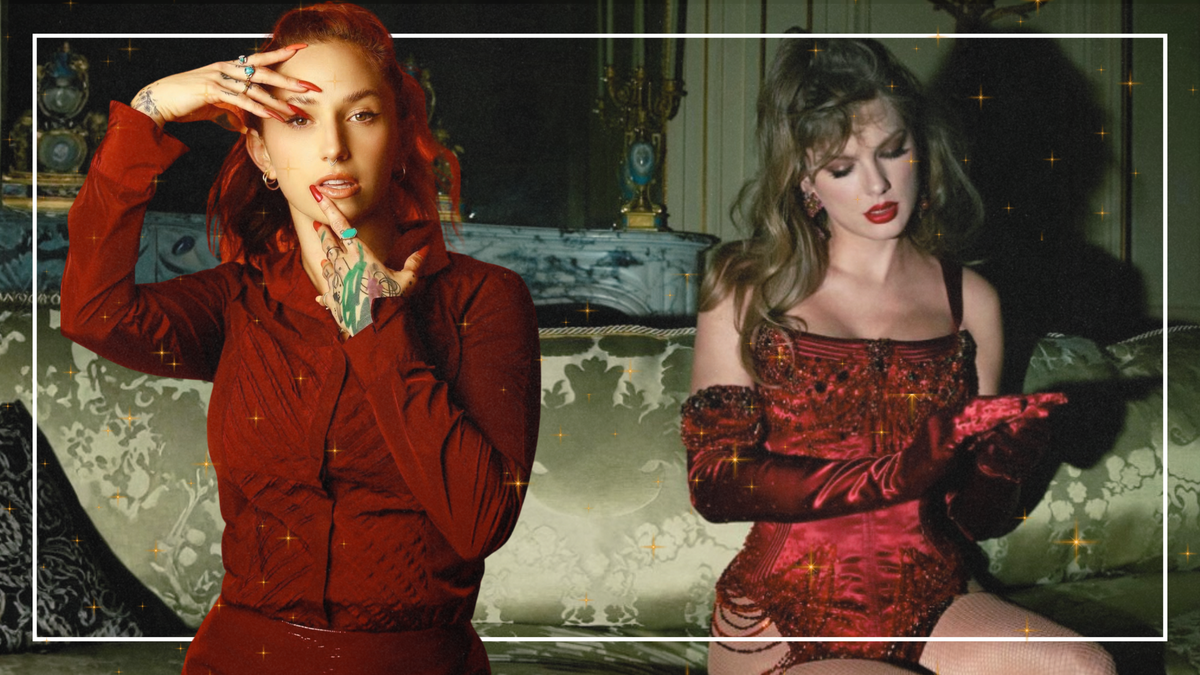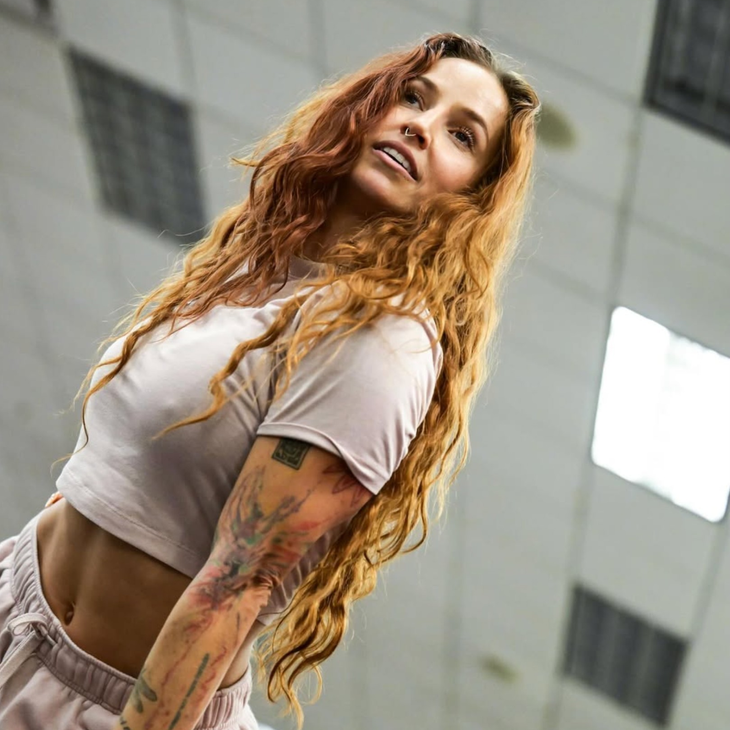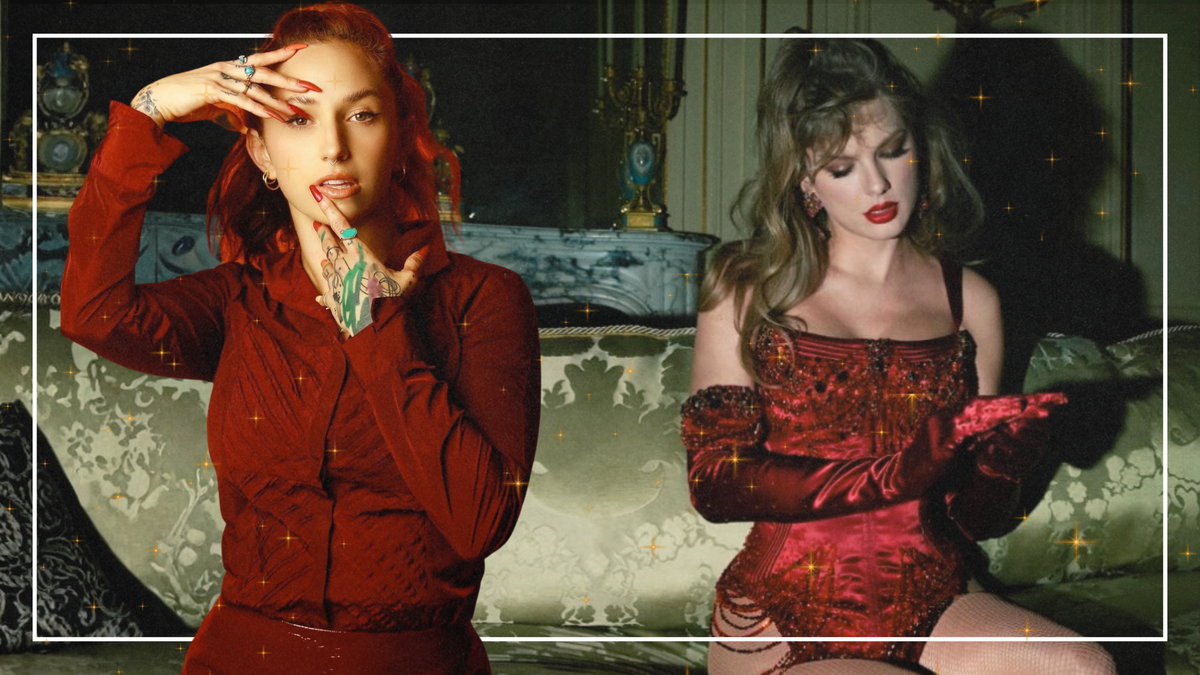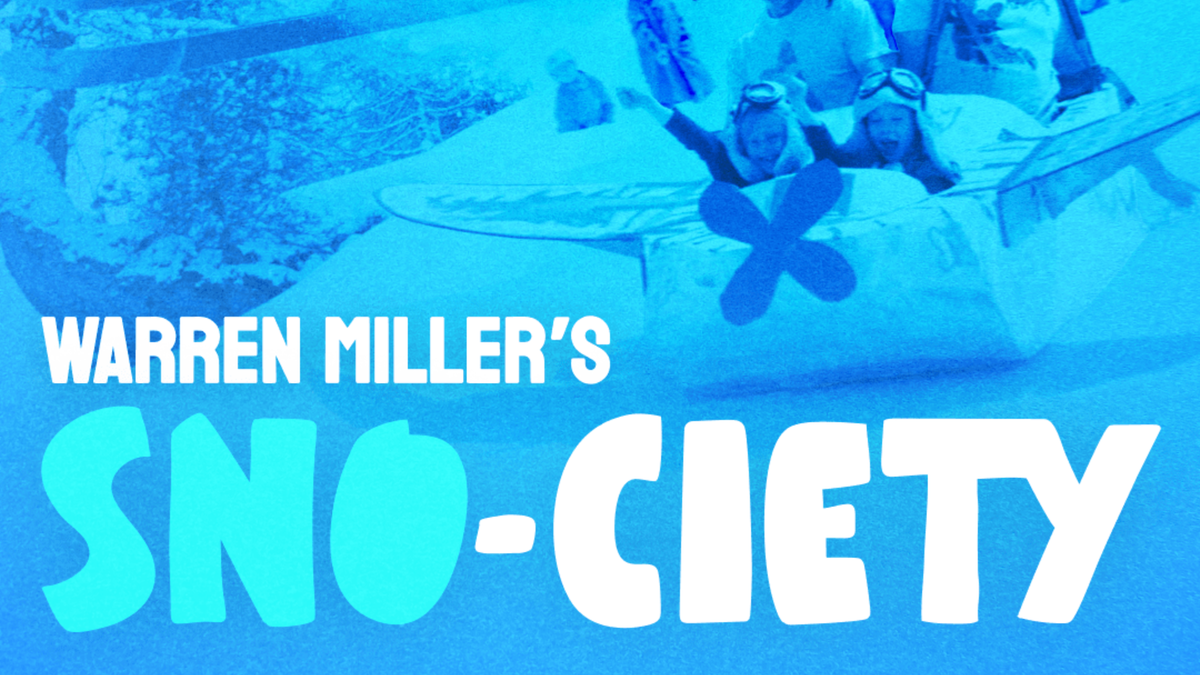
The pop queen, Taylor Swift, just dropped her twelfth studio album, The Life of a Showgirl, at midnight on October 3—leaving Swifties and the rest of the music industry in a chokehold.
Swift first announced her newest album to the world—with a nonchalant unboxing of the vinyl record—on August 12, on her now-fiancé Travis Kelce and brother Jason’s podcast, New Heights. She created this album while on the European leg of her 2024 Eras Tour. Despite her exhaustion, she explained to the Kelces, the mental stimulation of creating something new is what kept her going.
The Life of a Showgirl features a dozen tracks and is inspired by her life as a singer, dancer, and performer. Swift even alludes to the less-than-fun parts of showbiz in the second track of her newest LP, “Elizabeth Taylor:” Oftentimes it doesn’t feel so glamorous to be me.
So, how does a dancer build the stamina, endurance, and mental fortitude needed to push through a slew of performances? We asked real-life showgirl Sloan-Taylor Rabinor, a current dance convention teacher and a former backup dancer—who toured with Lady Gaga between 2009 and 2020, and performed with Selena Gomez, Justin Bieber, Nicki Minaj, and others—to find out.
OUTSIDE: You’re an actual showgirl but also, clearly, an athlete. We want to know about the type of athleticism and endurance it takes to be stage-ready ahead of a grueling pop tour. Can you describe what that’s like?
Sloan-Taylor Rabinor: That’s a loaded question. For me personally, I’ve always been a really big believer in cross-training because if you just look at the show as the show, your body only acclimates to that kind of effort. Muscle memory kicks in, my body acclimates, and [the show’s routine] becomes less strenuous on the body. That also means my body is not necessarily getting stronger; it’s just doing a routine every day. But I’m preparing for a career in longevity, so I constantly have to be getting stronger. I can’t just rely on those 90 minutes of show work to carry me through my career. If I start with a specific show, I’m going to focus on those eight-hour rehearsals until my body acclimates. Then, when I get less sore, I’ll take on a bigger workload. For the show to feel seamless and easy, I start running in the gym. I start strength training to keep everything strong and sturdy, to build a foundation for my body. I’m sandwiching all these things around the show, the heartbeat of what we do, to make sure it’ll be the best it can be.
Can you describe a typical day for you when you’re on tour, from warm-ups to cool-downs and recovery?
STR: I started touring at 19. At 19, the body is incredible. When I got older, I realized I needed more prep [ahead of a show]. When I went on my second or third tour, I got really into running because I wanted better stamina. I wanted it to be hard. I would run anywhere between six and eight miles every day before each show.
Wait, before each show?
STR: Yes. Before every show. It’s not for everybody, and [other dancers] would be like, “You’re crazy.” When I got older, and we had a physical therapist on the road, I asked her if she could set up a group warm-up. A functional training warm-up. We needed recovery. So we started doing ice baths and post-show massages. But I’m not touring right now, because I would like to start trying for a baby next year. But if I were on tour right now, I would do a two- or three-mile warm-up, some dynamic stretching about 45 minutes before a show’s start time. I want to make sure my ligaments and tendons can maintain me through a 90-minute show.
Dancers are putting just as much effort into their craft as sports players.
What happens midway through the show if you’re feeling fatigued and are struggling to push through?
STR: We call that our Come-to-Jesus-Meetings. You learn when to pull back. You’ll know when you’re not on the big screen and can catch your breath. You do have to forge through it unless you have a “swing,” a backup, who can step in for your part of the show. But unless my leg is falling off, I’m going to finish that dance. I fell in Guadalajara, Mexico [while on tour with Lady Gaga]. I don’t remember what year it was, but we were performing during the song “Born This Way.” I slipped in the rain, and I hit my head and my back. I flipped right in front of Gaga on the stairs, and it was brutal. I finished that dance. But they did the last dance without me. I went to urgent care, and she checked in on me, and her team did. She’s very, very good about checking in on the people around her.
That’s so sweet. After you finish a show, what do you do next?
STR: I immediately want to scrub my face because I’m not a big makeup person; show makeup is a lot for me. If there is a cold plunge available, I’ll do that. If not, then a hot shower. I would normally foam roll for a bit, and then, depending on where we were going next, I would either get on the bus, eat a really big meal, or go to the hotel and sit in a robe and be so proud.
Do you have a showgirl persona when you’re on stage? What does that transformation feel like when you get on stage and you’re in your element?
STR: I’ll speak specifically to when we did Super Bowl L1. It is quite literally the definition of the biggest show in the world. It’s not based on attendance. It’s based on how many people are actually watching this performance at one moment in time. I can remember the way it looked, the way it smelled, where I was, who I was next to. Right before we went out, I remember looking up and seeing everybody, and I cried in an instant. It’s so much adrenaline mixed with joy and excitement. When people tell me they want to dance, I always tell them you have to be clear about what kind of dance you want to do, because not everyone is built to handle that kind of adrenaline.

Are you ready for Taylor Swift’s The Life of a Showgirl era? What are you hoping to see or feel from this album, especially as someone who lives the showgirl life on stage?
STR: Listen, I’ll be totally honest. I am not a crazy Swiftie. However, I have so much respect for her from every lane. Every dancer I know who has worked for her, worked with her, been around her, and my friend who’s a backup singer for her, they all have the loveliest things to say about Taylor. She is an artist who treats their team really well. I may not jam out to her music on repeat, but I will listen. I will support. I’m so happy for my friends who are a part of her visuals. I’ve heard nothing but genuinely beautiful things, so I’m excited.
Is there anything that you would like Outside readers and people who are really dialed into the performance world to know about dancers?
STR: That we should be treated like actual athletes. They’re training for the show. Dancers are putting just as much effort into their craft as sports players. If we start viewing dancers as major athletes, we’ll get so much more credit and credibility, which would make us even more valuable.
For further proof of a dancer’s athleticism: Just before my call with Sloan ended, she said she was going to hop on the bike for a two-hour ride. She’s training for her second Ironman.
Editor’s note: This interview has been edited for length and clarity.
Instagram Embed Photo Credit: @biglightstudios
The post The Life of a Showgirl Is an Athletic Feat—Just Ask Lady Gaga’s Backup Dancer, Sloan-Taylor Rabinor appeared first on Outside Online.














